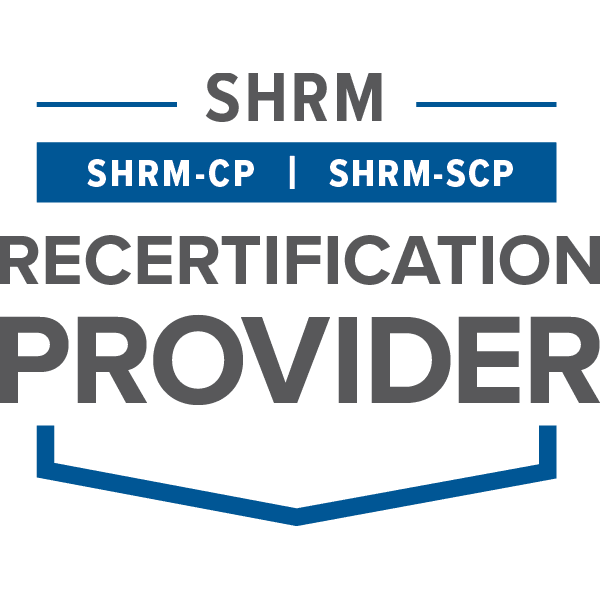
By Evan J. Cutts
“Work-life balance” is an ongoing theme in corporate America, but also an elusive goal. The phrase circulates through conversations and professional development workshops, as people aspire to achieve an ideal harmony between family life and professional career.
The demands of both, however, make achieving harmony and balance difficult to pull off, especially for anyone in a leadership position. And one leadership expert thinks there may be a good reason for that.
“Balance is bull—-,” says Sue Hawkes, leadership expert and author of Chasing Perfection—Shatter the Illusion; Minimize Self-Doubt & Maximize Success. “A perfect work-life balance is not possible for those in leadership positions. It’s more useful to strive for work-life integration, where you not only bring your work home but also bring your home to work.”
To debunk the life-work balance theme, Hawkes offers three tips to help leaders accept and maximize an imbalanced schedule:
- Stop and breathe. “Balance is an illusion in our external lives,” Hawkes says, “but it can be created as an internal mechanism to give busy people the ability to cope better with challenges.” This emotional equilibrium is a measured thought choice that gives us more control of our responses to situations. Practicing patience and processing knee-jerk emotional responses before acting helps unravel fact from a fear-based response.
- “Learn to say ‘no’. Many people have difficulty saying ‘no’, and many who do say ‘no’ are consumed by guilt,” Hawkes says. Overcommitting is easy to do when leaders say ‘yes’ before fully considering the commitment. Prioritizing is crucial for reducing the likelihood of overwhelm and underperformance. “Every time you say ‘yes’ to something, you’re also saying ‘yes’ to much more,” Hawkes says. “Tell them you’ll consider, but first sit down with a pad and pencil and list all those additional things you’ll be taking on by saying ‘yes.’ Finding balance is a matter of saying ‘yes’ or ‘no’ to what fulfills you and your life, without overcommitting.”
- “Don’t be afraid to follow. When we’re over-committed and feeling imbalanced, we have to take a hard look at what’s ahead and stop doing things that aren’t working.” To Hawkes, a leader is one who empowers others by providing space for them to take ownership, to lead within a larger role. “You can’t always make things happen, and you can’t do it all,” Hawkes says. “At times you have to let go and let others take the lead.”
“There will never be a 50-50 balance,” Hawkes says, “but you will still able to fit in all of the things that are important to you, if you slow down, choose what to say ‘yes’ and ‘no’ to, and accept help.”
For guidance in reducing the stress from your schedule, or shifting your approach to balancing effective leadership, professional growth, and a happy personal life, read Hawkes new book, and put these tools into action.
Sue Hawkes is a bestselling author, keynote speaker, Certified EOS Implementer, Certified Business Coach, WPO Chapter Chair, and globally recognized, award-winning seminar leader. Chasing Perfection: Shatter the Illusion, Minimize Self-Doubt & Maximize Success is her fourth book. She is CEO of YESS! and has designed and delivered dynamic, transformational programs for thousands of people.


